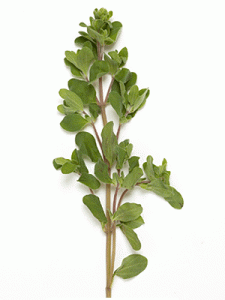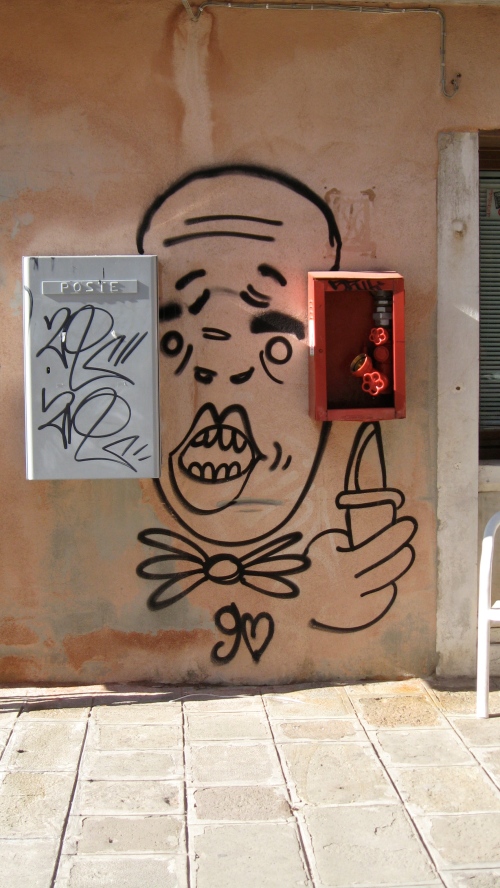Dylan turned five, and Jim turned ninety. We celebrated with them both. It was a busy, delicious day filled with tasty tidbits—of both food and conversation.
Dylan and his parents live in a fourth floor walk-up in Trastevere. Sarah offered me a cafe latte as soon as we arrived, which was welcomed on a blustery morning. She had clearly been working for hours on the food, which was spread on their square table that sits invitingly in the middle of the open eat-in kitchen. There were assorted sandwiches for the kids to scarf down, two kinds of chicken salad with greens, a cous cous salad, a hummus platter, sliced cheeses and salumi, crackers, two kinds of cupcakes, and, warming in the oven, pizza rossa (pizza topped with tomato sauce) and lasagna! The party rolled along at an Italian pace, with people arriving as late as 12:30 for an 11:00 party. The kids went from sandwiches to cupcakes to chocolates, in between sessions of semi-organized play, and the parents went from coffee and oatmeal cookies to wine and lunch. The crowd was made up of Arcobaleno and ex-pat community friends; most of the parents switched fluently from Italian to English, and the kids played together in a happy bilingual, prelingual, nonsense, and gestural chaos. I tried to get a picture of the “fishing for chocolate” game, but only captured a bit of the party’s buzz:


The rest of the afternoon was down-time for me, but Jack was ready for more socializing, so we invited Lulu up from apartment 1. She and Jack play together so agreeably. They played “store,” which involved emptying Jack’s clothing drawers onto the bed and making play money. They drew and painted pictures of “ghosts eating people.” They played “boat” in a printer box, and rode up and down the hallway on Jack’s scooter. We made kettle popcorn, and Lulu told us that her dad is such a kettle corn expert that every kernel is popped. She also told us it was her mom’s fortieth birthday. Happy birthday, Anna!
After putting Jack to bed, and leaving him with his kitchen-intern babysitter, Jaimi, we went next door to the Ackermans’ apartment for a birthday dinner party. What an honor to be Jim and Jill’s guests! They are the most elegant, lively, curious scholar-artist couple, and they brought together some wonderful company. And Jill, who loves to help out in the Academy kitchen, cooked a fabulous, finger-friendly meal.
We started with steamed artichokes—it’s high carciofi season here in Rome—dipped in brown butter. Next, along with Mona’s chestnut bread, Jill served her own fish stew, with a soaked crouton, flavorful aioli, tiny local clams and some small whole-roasted fish to lay on top. Jeffrey managed to get a good picture of this dish:


After arugula salad, before melon and crostata, and with vin santo, we read aloud some short pieces we’d brought with us to honor Jim—as a friend, historian, Michaelangelo scholar, man, artist or all of these together. Since the text I read is in the public domain, and was the least personal, I’ll copy it out here. It’s Lord Byron’s description of seeing and being in St. Peter’s Basilica, from Canto IV of Childe Harold’s Pilgrimage.
Thou movest—but increasing with the advance,
Like climbing some great Alp, which still doth rise,
Deceived by its gigantic elegance;
Vastness which grows—but grows to harmonize—
All musical in its immensities;
Rich marbles—richer painting—shrines where flame
The lamps of gold—and haughty dome which vies
In air with Earth’s chief structures, though their frame
Sits on the firm-set ground—and this the clouds must claim
Thou seest not all; but piecemeal thou must break,
To separate contemplation, the great whole;
And as the ocean many bays will make,
That ask the eye—so here condense thy soul
To more immediate objects, and control
Thy thoughts until thy mind hath got by heart
Its eloquent proportions, and unroll
In mighty graduations, part by part,
The glory which at once upon thee did not dart,
Not by its fault—but thine: Our outward sense
Is but of gradual grasp—and as it is
That what we have of feeling most intense
Outstrips our faint expression; even so this
Outshining and o’erwhelming edifice
Fools our fond gaze, and greatest of the great
Defies at first our Nature’s littleness,
Till, growing with its growth, we thus dilate
Our spirits to the size of that they contemplate.
Childe Harold’s Pilgrimage, Canto IV, stanzas 156-158
Read Full Post »













































